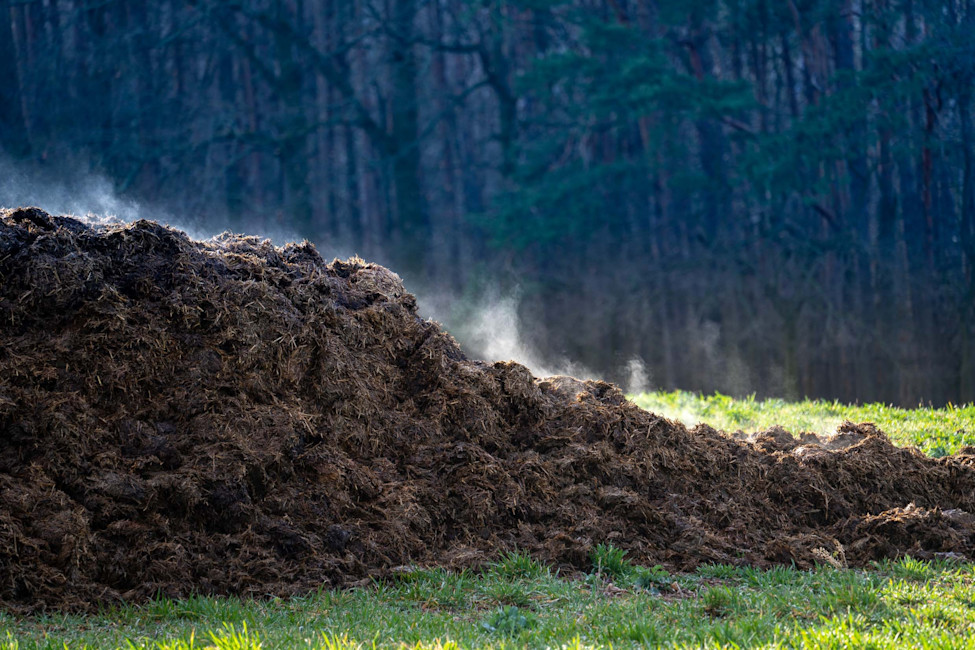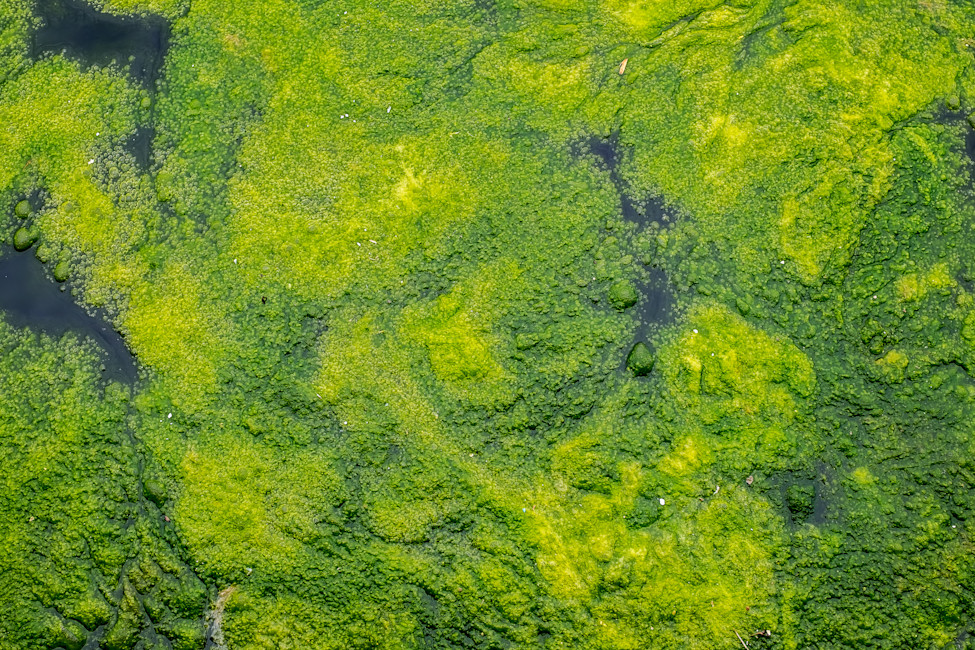Engagement Overview
Background
This engagement focuses on waste and pollution, which has been identified as a key driver of biodiversity loss by the Intergovernmental Science-Policy Platform on Biodiversity and Ecosystem Services (IPBES), while also being tightly interlinked with climate change, and water scarcity and quality. A key driver has been shown to be the nutrient runoff from the use of fertilisers, including the excessive or inappropriate use of manure as fertiliser in areas of concentrated livestock production.
Nutrient-rich compost from livestock manure and other organic waste is a valuable complement to chemical fertilisers, given the addition of such organic materials can help build soil organic matter, and contribute to soil health and structure. However, the intensification of meat and dairy production combined with poor management of manure and animal waste is a key driver of nutrient loss to the environment, a planetary boundary already vastly exceeded.

Selected Companies
As well as engaging ten publicly listed pork and chicken producers with material shares in their respective markets, this engagement has also selected two solution providers whose range of services includes the extraction and marketing of nutrients from manure.
Material Risks
The physical risks of polluted and eutrophic freshwater and marine ecosystems are often borne by government entities and marine industries such as aquaculture, although meat and dairy companies face various transition risks. Companies can face unexpected loss of revenue or increased costs and capital investment when local communities oppose farm expansion or, in some cases, litigate to gain compensation for water and air pollution.
Stricter regulation to protect downstream ecosystem services, often an escalation of this community opposition, is being considered in some markets, such as the US. This could raise capital spending needs and make processing facilities unprofitable, given the high cost of upgrading wastewater treatment installations.

Investors Signed On
The Phase 3 of the engagement is now closed.
Phase 2 of the engagement was supported by 81 investors, representing US $18.2 trillion in combined assets.
The latest progress report, Waste and Pollution: Addressing Biodiversity Risks from the Use of Animal Waste as Fertiliser, was published in June 2024.